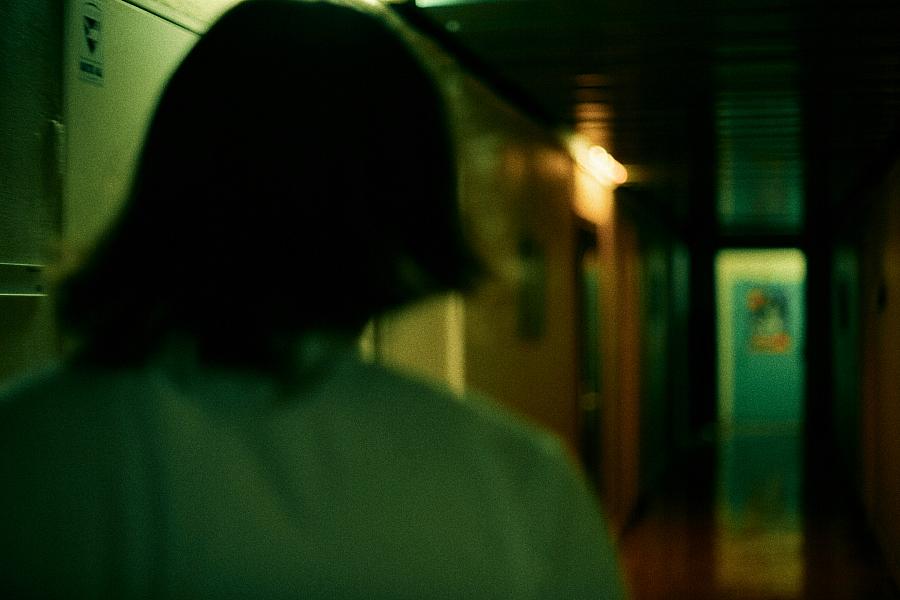Journalists are susceptible to secondhand trauma, and it’s not a weakness

Photo by Joonas Sild via Unsplash
I understood that reporting on domestic violence would be difficult. I listened and took notes at a seminar at the USC Center for Health Journalism about managing your mental health while you report on trauma. I knew that most women in my state had experienced domestic violence or sexual assault at some point in their lives. Yet when it broke me down in a Fairbanks hotel room, I was surprised and ashamed.
The reporting plan I made was ambitious — I knew it. But I also felt a responsibility to do the work. There are very few reporters in Alaska, a state with one of the highest rates of domestic violence and sexual assault. I wedged three weeks of reporting trips and thousands of miles of travel into a month and a half window. I averaged three to eight interviews a day. I spoke to dozens of survivors of abuse.
It was an evening breeze in the hotel curtains that did it. The window was open to a courtyard on the ground floor. I had spent the day listening to harrowing accounts of abuse from women who were brave enough after lifetimes of betrayal to tell me their stories. One of those stories involved a source’s former partner breaking in through a window to harm her. I backed out of my hotel room and checked out of the hotel. My hands shook as I called my editor from the rental car.
“I’m sorry,” I told him. “I’ll find a new place to stay.”
I lay in bed that night and wrote out what I had learned, scenes from other women’s lives. Many of them were too upsetting to print. I wanted readers to understand the gravity of abuse, but I didn’t want to publish details so intimate they would distract readers.
My job as a reporter is to show how state policy, or lack thereof, affects the lives of Alaskans. But the responsibility I felt to my sources and to the women I didn’t meet, but knew existed, pushed me to work untenable hours for months. I listened to editors and mentors tell me to pare down my plan but then told myself I would do one more story. Then another.
With support from the USC Center for Health Journalism 2023 Domestic Violence Impact Fund, I committed to write a handful of stories: two or three features and a couple of briefs. The series ended at 14 stories. It doesn’t feel like enough.
My life has been mostly free from violence. I have a loving family and partner. The guilt I felt for being devastated by other people’s pain was overwhelming, and I felt I had to write my way out of it. I was miserable, but, I told myself, my misery was temporary.
Sitting here after the work is done, I feel like I got to put down a weight that those women still carry. As journalists, we have to put the weight down sometimes, so we can return to that story, and the next one.
I want to say that I learned how to limit the scope of the project. Instead, I learned that it is OK to push yourself when the injustice around you is overwhelming. I cannot bring myself to regret a single story I wrote.
But some resources helped and made the work possible. One was my mentor, who listened. (Take walks, she told me. Rest.) Another was a seminar from the Dart Center for Journalism and Trauma, which gave me tools for interacting with people who have experienced trauma and for managing my own. Bruce Shapiro, one of the founders, was frank about secondhand trauma. He broke down the science of how it works, which helped ease my shame. He has a tip sheet, and I wish I had known about it years ago.
To report on traumatic events is to take on a heavy load, and it is normal to feel the weight. But with support from more experienced colleagues, it’s possible. Line up your resources before you begin. Better to have them and not need them, than to find yourself without a plan when you do!
